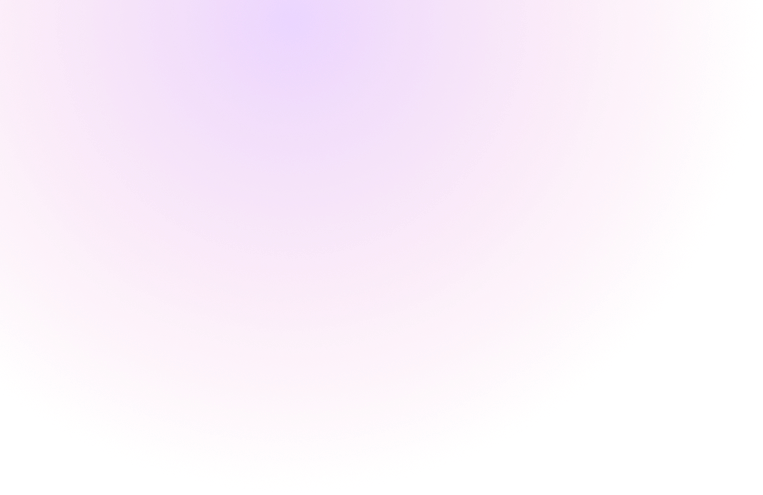For over a century, technological innovations have continuously reshaped the sonic architecture of popular music. From the mechanical capture and reproduction of sound, to the revolution of digitising the entire creative process, each advancement influences compositional structures, production methodologies, and performance practices. Among these transformations, one of the most pervasive and defining characteristics of modern popular music is the ubiquity of rhythmic loops.
The Evolution of Loops in Popular Music
The use of repetitive rhythmic structures in music predates recording technology, with ostinato patterns fundamental to various global musical traditions. However, it was not until the 20th century that looping became a deliberate compositional tool, driven by advances in recording techniques and digital processing. Early experimentations by Pierre Schaeffer and the Musique Concrète movement, alongside artists like Karlheinz Stockhausen, demonstrated the creative potential of recorded loops, while the rise of electronic sequencing in the 1980s solidified their role in mainstream music production (Thornton, 1996).
By the late 20th century, digital sampling technologies enabled Hip Hop and Electronic Dance Music (EDM) producers to integrate rhythmic loops as primary compositional elements. Public Enemy’s 1988 album It Takes a Nation of Millions to Hold Us Back epitomised the artistic depth of layered sampling, creating dense, polyrhythmic textures that extended beyond conventional drumming techniques (D’Errico, 2011). This approach mirrored the broader shift in music production towards digital mediation, wherein loops, beats, and pre-recorded elements formed the foundation of new creative workflows (Macchiusi, 2017).
The Standardisation of Loop-Based Composition
The convergence of Digital Audio Workstations (DAWs), MIDI sequencing, and real-time quantisation tools in the 1990s and 2000s accelerated the standardisation of loops in commercial music. Pro Tools became the industry standard, offering precision editing capabilities that facilitated seamless rhythmic alignment (Strachan, 2017). By 1999, Ricky Martin’s Livin’ La Vida Loca marked a milestone as the first number-one hit entirely recorded and mixed on a hard-disk computer system (Bell, 2018). The digitalisation of music creation not only enhanced efficiency but also shifted rhythmic composition towards predictability, reinforcing loop-based structures within popular genres.
Modern production techniques further cemented this paradigm. Even in rock and alternative music, where live instrumentation traditionally prevailed, drummers’ performances are often recorded, quantised, and sound-replaced to align with a digital grid (Levaux, 2018). The widespread use of drum replacement software and loop layering has led to a homogenisation of rhythmic textures, subtly eroding the temporal idiosyncrasies that once defined live musical performance.
Loops and the Synchronisation of Popular Music
The prevalence of loops has had profound implications for the organisation of musical time. Levaux (2018) argues that the DAW interface inherently biases producers towards segmenting compositions into predictable four, eight, and sixteen-bar structures. This segmentation not only streamlines workflow efficiency but also reinforces structural uniformity, making commercial tracks more palatable for mass consumption.
Moreover, the synchronisation of multiple elements within the DAW environment has influenced vocal phrasing and melodic development. Reuter (2021) notes that modern pop production balances highly structured, looped rhythmic backdrops with metrically flexible vocal lines, a trade-off that preserves a sense of human expressivity within an otherwise rigid framework. This interplay between mechanised repetition and vocal dynamism exemplifies the hybridisation of human and machine agency in contemporary music.
The Future of Beat-Driven Music
As digital music production advances, the role of loops continues to evolve. The increasing integration of artificial intelligence and algorithmic composition tools raises new questions about rhythmic creativity and authorship. Machine-learning models trained on vast datasets can now generate beats, predict groove variations, and even suggest rhythmic structures based on stylistic trends (Reuter, 2022). While these innovations expand creative possibilities, they also intensify debates regarding the authenticity of human musical expression in an era of computational creativity.
Additionally, the rise of live looping performances, popularised by artists such as Ed Sheeran and Tash Sultana, signifies a re-contextualisation of loop-based music within performance settings. Unlike studio-produced loops, which are static and prearranged, live looping introduces an element of real-time interaction and risk, offering audiences a transparent view of the construction process (Renzo & Collins, 2017). This approach bridges the gap between digital precision and performative spontaneity, reinforcing the continuing negotiation between technological mediation and musical authenticity.
Conclusion
The widespread adoption of rhythmic loops in popular music reflects a broader trajectory of technological mediation, from the advent of recorded sound to the computational production environments of today. While loops enhance consistency and streamline production, their dominance raises critical questions about rhythmic diversity, live performance authenticity, and the future of musical expression. As AI-driven compositional tools and live looping innovations continue to shape the landscape, the evolution of beat generation in popular music remains an ongoing dialogue between technological possibility and artistic intent.




